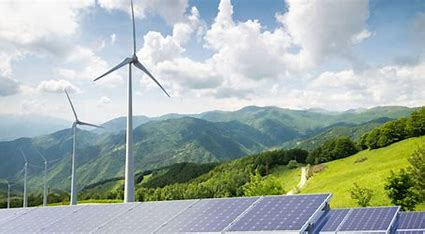It is a win-win situation for Laos and other ASEAN countries as they strive to move away from fossil fuel consumption and toward renewable energy sources. The move has allowed countries like Laos to increase its renewable power generation capacity.
According to reports, Singapore, whose primary source of energy is natural gas (95 percent), is trying to make a shift towards importing 30 percent of its energy supply from 4 gigawatts of low-carbon electricity by 2035.
It may be noted that around 80 percent of the electricity produced by Laos is sold to neighboring countries, Thailand and Vietnam, making up about 30 percent of the country’s total exports. However, Laos has now readied transmission infrastructure to export power to Cambodia, and it has already been supplying electricity to Singapore since 2022.
Laos has also begun the construction of a USD 700 million wind power project, called the Monsoon Wind Power Project. This will be the largest wind power plant in Southeast Asia, with the capacity of producing 600 MW of power. The power from this project will mainly be exported to Vietnam, which is facing chronic energy shortages.
As per reports, the generation and increased export of renewable energy are aimed toward creating the ASEAN Power Grid, assisting multilateral power trading in the region.
Hiroshi Takahashi, a professor at Japan’s Hosei University specializing in renewable energy policy, referred to a cross-border electrical grid as a form of “collective energy security,” and sees ASEAN as a good fit for such a project.

